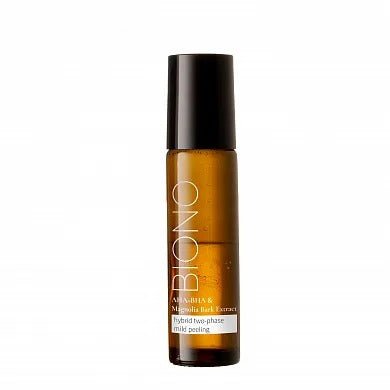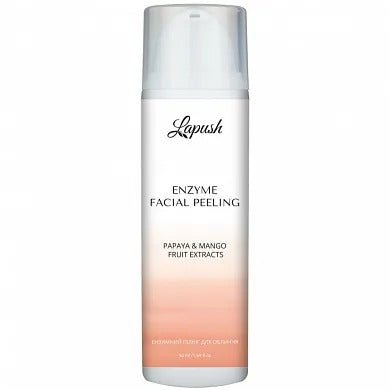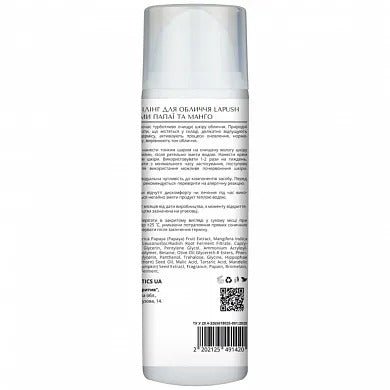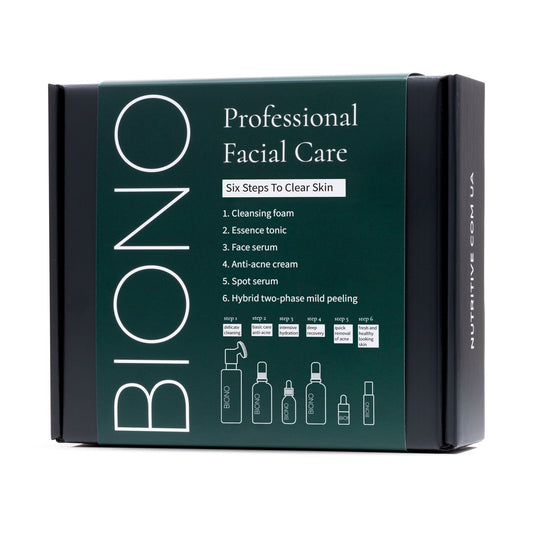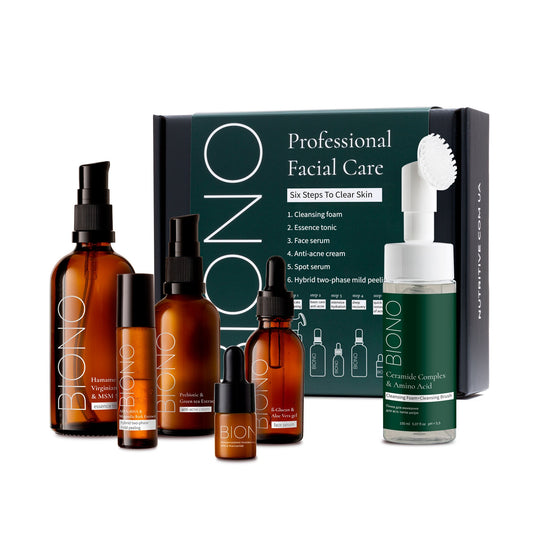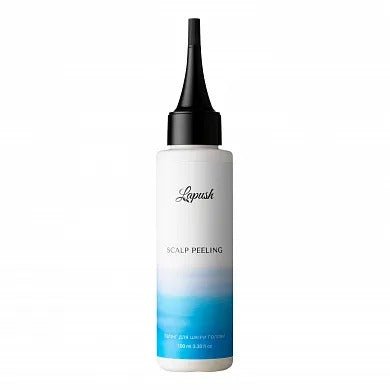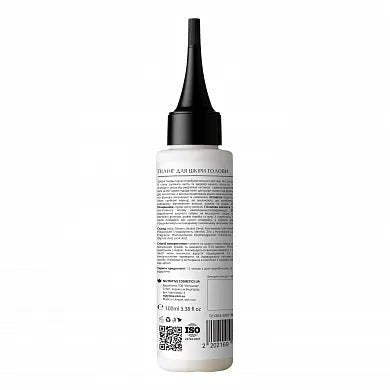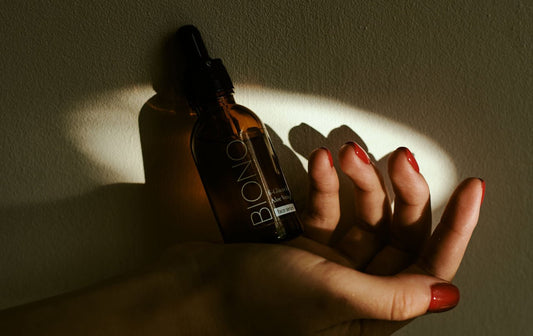
Enzyme peeling: gentle skin cleansing for a radiant appearance
Modern cosmetology offers many methods for maintaining the health and beauty of the skin, among which a special place is occupied by enzyme peeling. This innovative method of exfoliation has gained popularity due to its softness and effectiveness. Unlike aggressive acid or mechanical peelings, enzyme products delicately break down dead cells of the epidermis without injuring living tissues. This approach makes the procedure accessible even to the most sensitive skin, while providing a visible result of renewal and improvement of the texture. Let's consider in more detail what enzyme peeling is, how to use it correctly and what benefits it provides for different parts of the body.
What is an enzyme facial peel and its benefits?
Enzyme facial peeling is a cosmetic procedure that uses natural or synthetic enzymes to break down keratin and proteins in dead skin cells. The most common enzymes in such products are papain (from papaya), bromelain (from pineapple), as well as enzymes derived from figs, pumpkin and other plants. These biologically active substances work as natural solvents, gently "eating" dead skin cells without mechanical action.
The main advantage of enzyme peeling is its selectivity - enzymes affect only dead cells, leaving healthy tissue intact. This makes the procedure safe for daily use and suitable for all skin types, including sensitive, couperose-prone or acne-prone. Regular use of such peeling helps improve microcirculation, even out skin tone and reduce the appearance of pores.
The results of using an enzyme facial peel are noticeable after the first application. The skin takes on a fresh, radiant appearance, becomes smoother and softer to the touch. With regular use, the absorption of subsequent cosmetic products improves, which makes care more effective. In addition, enzyme peels are often enriched with additional active ingredients, such as vitamins, antioxidants and moisturizers.

Enzyme peeling for the body: features of application
Enzyme body peels differ from facial peels in that they contain a higher concentration of active ingredients and a texture adapted to work with the denser skin of the body. Body skin has a thicker stratum corneum, so it requires a more intense effect to achieve the desired effect. Such peels are often available in the form of creams, gels or even dry powders for mixing with water.
The main areas of application of enzyme peeling for the body include areas with increased dryness, hyperkeratosis or uneven skin texture. They are especially effective for knees, elbows, heels and other problem areas. Regular use of such products helps to combat "goosebumps", ingrown hairs after depilation and general roughness of the skin.
The procedure for applying an enzyme peel for the body usually takes longer than for the face - from 10 to 20 minutes, depending on the concentration of active ingredients. It is important to evenly distribute the product over the skin, avoiding areas with damage, scratches or irritation. After the procedure, it is recommended to use moisturizers to consolidate the result and prevent the skin from drying out.
Enzyme peeling at home: safety rules
At-home enzyme peels have become popular due to the availability of ready-made products and their ease of use. At-home enzyme peels usually have a milder formula than professional products, making them safe for self-use. However, even when working with delicate enzymes, it is important to follow certain safety rules.
Before using any enzyme peel for the first time, be sure to perform a patch test on a small area of skin. Apply a small amount of the product to the inside of your wrist or behind your ear and wait 24 hours. If there is no redness, itching, or other negative reactions, the product is safe to use. It is also important to carefully read the manufacturer's instructions regarding exposure time and frequency of use.
The optimal frequency of enzyme peeling at home is 1-2 times a week for normal skin and 1 time a week for sensitive skin. It is not recommended to combine enzyme peelings with other active agents, such as acids or retinoids, on the same day. After the procedure, be sure to use sunscreen, as the renewed skin becomes more sensitive to ultraviolet radiation.
How to use enzyme peeling correctly
Proper use of enzyme peeling is the key to obtaining the maximum effect without the risk of damaging the skin. The procedure begins with a thorough cleansing of the skin from makeup, dirt and cosmetic residues. To do this, use a mild cleanser that does not overdry the skin. After cleansing, the face or body should be lightly dried with a towel, leaving the skin slightly damp.
Enzyme peeling is applied in a thin, even layer on previously cleansed skin. Avoid areas around the eyes, lips and any skin damage. If using peeling powder, mix it with a small amount of water to obtain a pasty consistency. The exposure time is usually 5-15 minutes, but always focus on the manufacturer's recommendations and your own feelings.
Rinse off the enzyme peel with cool water with light massage movements. Do not use hot water, as it can irritate the renewed skin. After the procedure, apply a soothing and moisturizing product. In the first days after the peel, avoid intense sunlight and be sure to use sunscreen with an SPF of at least 30.

Enzyme peeling powder and special scalp products
Enzyme peeling powder is a concentrated dry product that requires dilution before use. This form of release has several advantages: a longer shelf life, the ability to control the concentration of active substances and the absence of preservatives in the composition. Peeling powder usually contains more powerful enzymes, so it is suitable for skin with severe problems or for periodic intensive care.
To prepare a working solution of enzyme powder, mix a small amount of powder with water, hydrolate or a special activator until a homogeneous mass is obtained. The consistency should be thick enough not to run off the skin, but at the same time easy to apply. Some manufacturers suggest adding honey, yogurt or vegetable oils to the powder to enhance the moisturizing effect.
Enzyme scalp peeling is a specialized product designed to combat dandruff, excessive oiliness or dryness of the scalp. Such peelings often contain additional components, such as salicylic acid, plant extracts or essential oils. The application is carried out on clean, damp hair, the product is distributed over the scalp with massage movements and left for 5-10 minutes. After that, the hair is thoroughly washed with shampoo and conditioner.
Buy an enzyme peel: what to choose and where to look
If you decide to try an enzyme peel, it is important to choose a quality product from a trusted manufacturer. You can buy enzyme peels in specialized cosmetic stores, pharmacies, and on the official websites of brands. When choosing a product, pay attention to its composition - it should contain natural enzymes, moisturizing and soothing ingredients, as well as the absence of aggressive chemical additives if you have sensitive skin.
Online stores offer a wide range of enzyme peels for the face, body and even the scalp, with detailed descriptions and customer reviews. This allows you to compare several options and choose the best one for your skin type and budget. In addition, many online platforms often offer promotions and bonuses for the purchase of care cosmetics.
It is recommended to give preference to official points of sale or trusted distributors to be sure of the quality and safety of the product. By purchasing enzyme peeling in reliable places, you get a guarantee of originality and proper storage conditions, which directly affects the effectiveness and safety of the product for your skin.
Reviews about enzyme peeling: user experience
Reviews about enzyme peeling are mostly positive, which confirms the effectiveness of this skin care method. Users note the mildness of the effect compared to other types of peeling, the absence of pain during the procedure and the quick visible result. Especially often in the reviews, improvement of skin texture, reduction of oily sheen and evenness of the face tone are mentioned after the first applications.
Many users emphasize the convenience of using enzyme peeling at home, noting the ease of application and the lack of need for special skills. Reviews often mention the cost-effectiveness of such care compared to salon procedures while maintaining high quality results. Owners of sensitive skin especially appreciate the fact that enzyme peelings do not cause irritation and redness.
Among the criticisms in the reviews, the most frequently mentioned are the need for regular use to maintain the effect and the slowness of the action compared to acid peels. Some users note that enzyme peels may not be enough to solve serious skin problems and need to be combined with other care methods. However, the overall rating of enzyme peels remains high due to their safety and versatility.
Conclusions on Enzyme Peeling. Benefits and Recommendations for Use
Enzyme peeling is deservedly considered one of the safest and most effective exfoliation methods available for home use. Its main advantages include gentle action, versatility for all skin types, the possibility of regular use and a minimum number of contraindications. Proper and systematic use of enzyme peelings helps maintain skin health, improve its texture and provide a natural glow without the risk of injury or overdrying.
When choosing an enzyme peel, pay attention to the composition, the manufacturer's reputation and user reviews. Start with milder formulas and gradually move on to more concentrated products if necessary. Remember that regularity is more important than intensity - it is better to do a light peel more often than rarely, but aggressively affect the skin. Proper care with the use of enzyme peels will help preserve the youth and beauty of your skin for many years.

